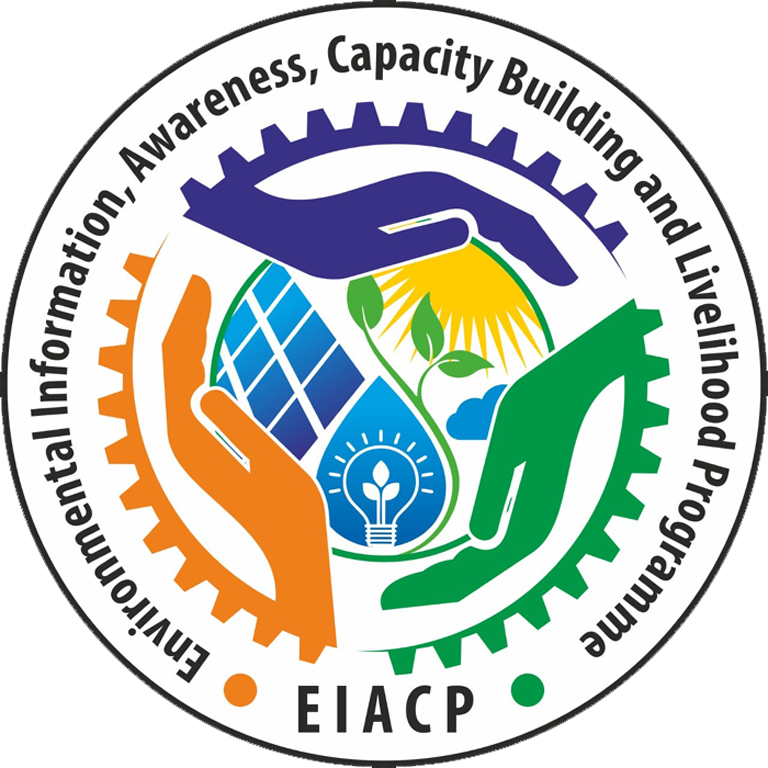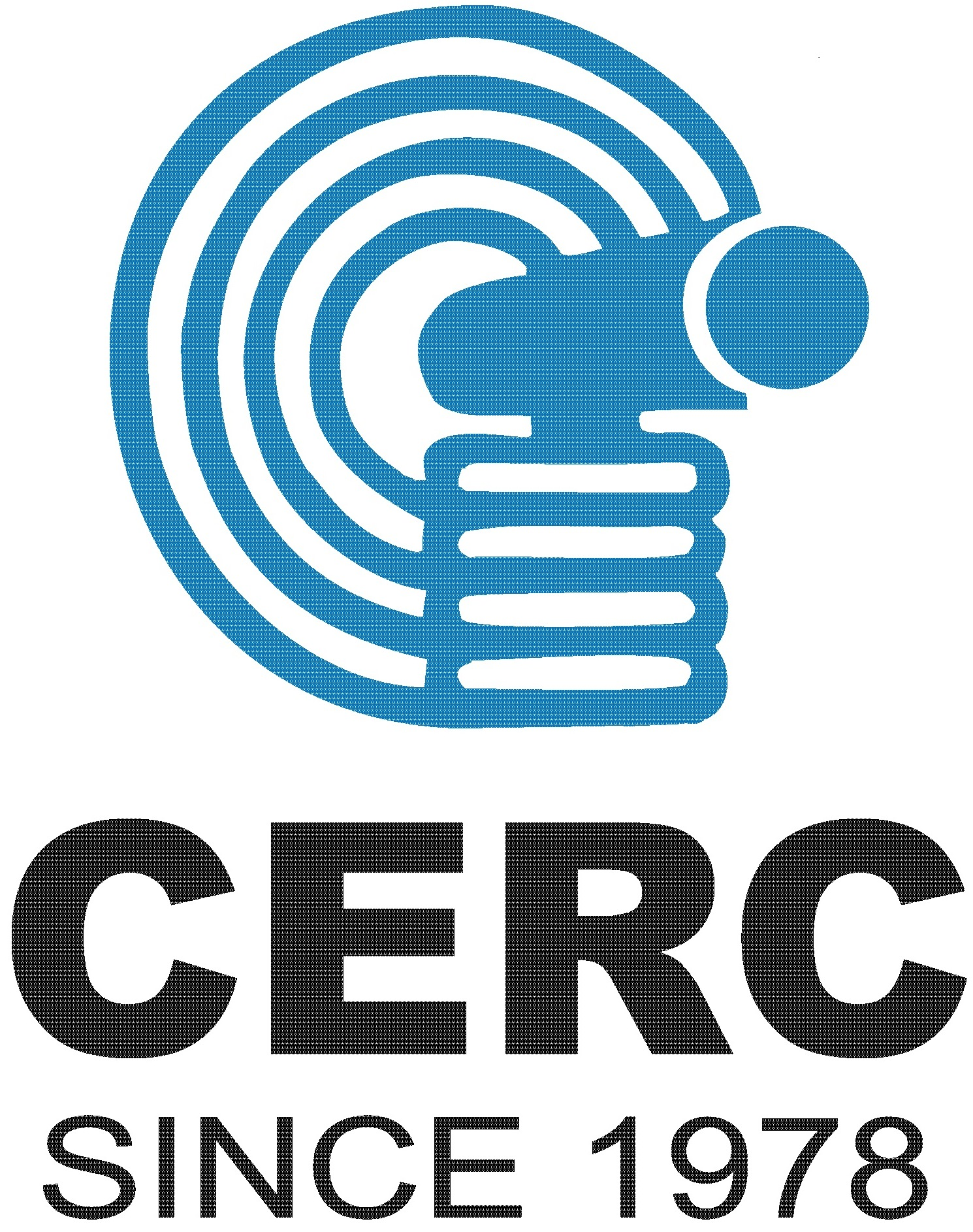The Ministry of Environment & Forest (MoEF), Government of India, has launched the ecolabelling scheme known as “Ecomark” in to the market in 1991. India has made an ecolabelling scheme as a part of its environmental policy. The MoEF administers the programme with technical advice from the Central Pollution Control Board (CPCB).
Ecomark scheme is linked to the product quality and safety standards of Bureau of Indian Standards (BIS). This scheme distinguishes itself from other international ecolabelling scheme, which are independent. Ecomark has some product specific requirements that include clauses on energy conservation in the production process.
The “Ecolabels” represent a holistic view, giving an overall assessment of a product’s impact on environment relative to other products in the same category. The criteria follow a cradle to grave approach – from raw material extraction, to manufacturing, and to disposal. Any product with the Ecomark will be the right environmental choice. “Ecolabelling" is a voluntary method of environmental performance certification and labelling that is practiced around the world.
The description the CPCB has given for the “Logo” speaks for itself.
An earthern pot has been chosen as the logo for the Ecomark scheme in India. The familiar earthern pot uses a renewable resource like earth, does not produce hazardous waste and consumes little energy in making. Its solid and graceful form represents both strength and fragility, which also characterises the eco-system.
Bureau of Indian Standards Bureau of Indian Standards (BIS) (the national standards organization of India) issues a certification mark to products conforming to a set of standards aimed at the least impact on the ecosystem. One of the purposes of the marking scheme is increasing awareness among the consumers towards reducing environment impact. The mark is issued to various product categories and the development of standards for more products is in progress.











